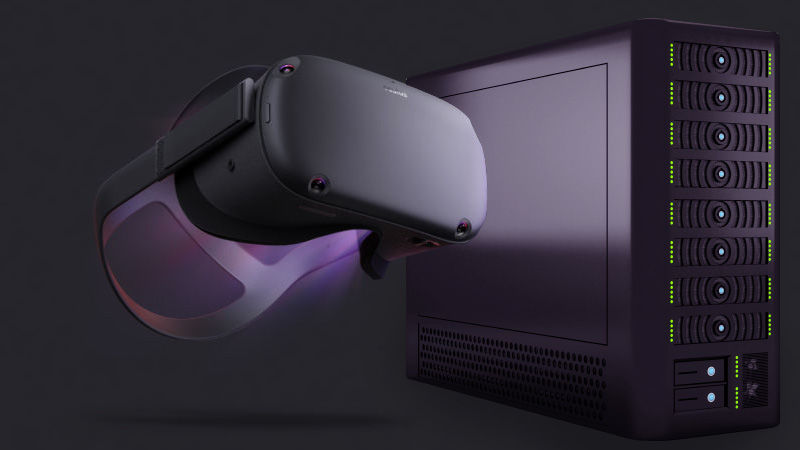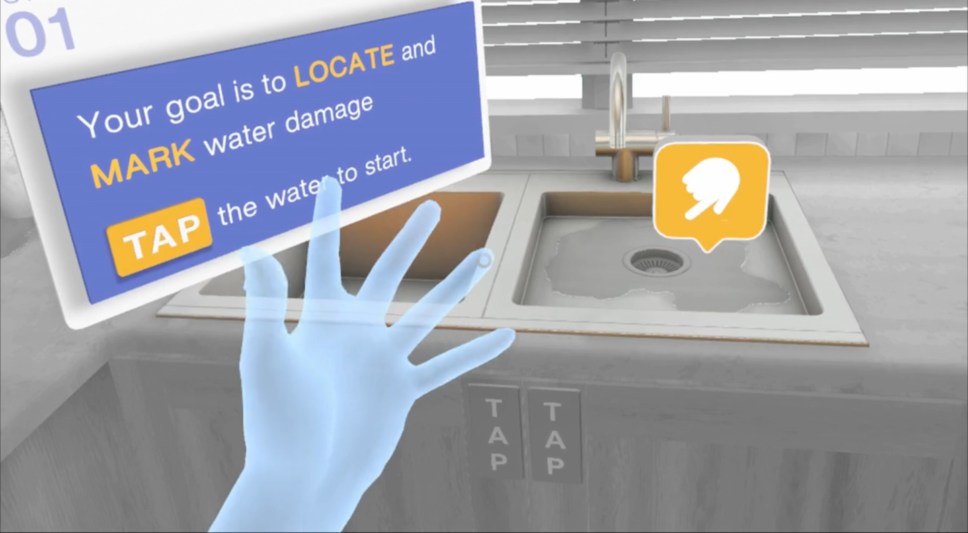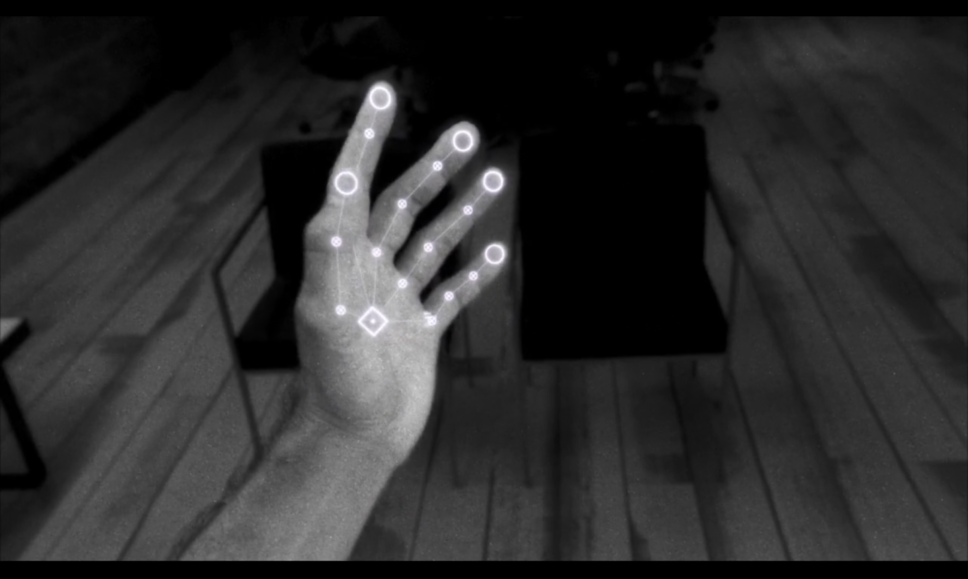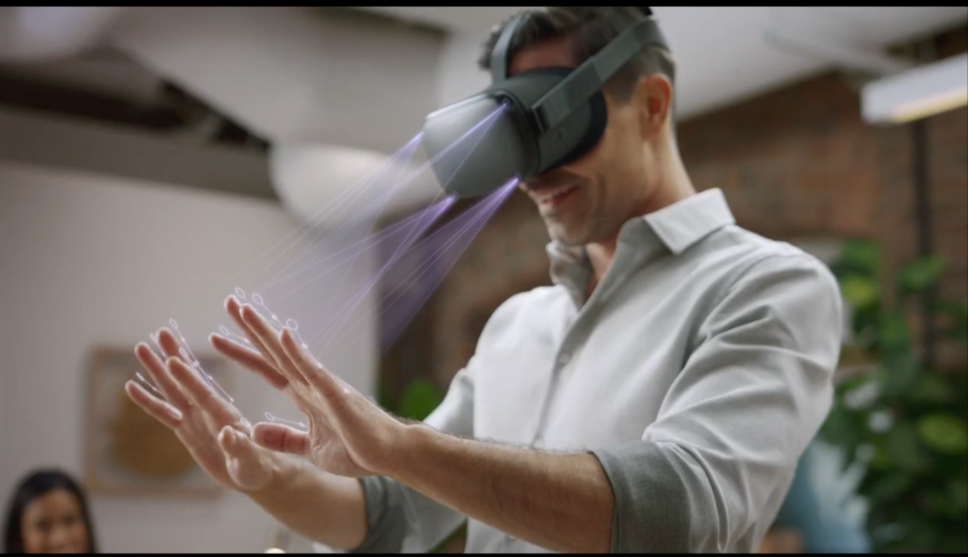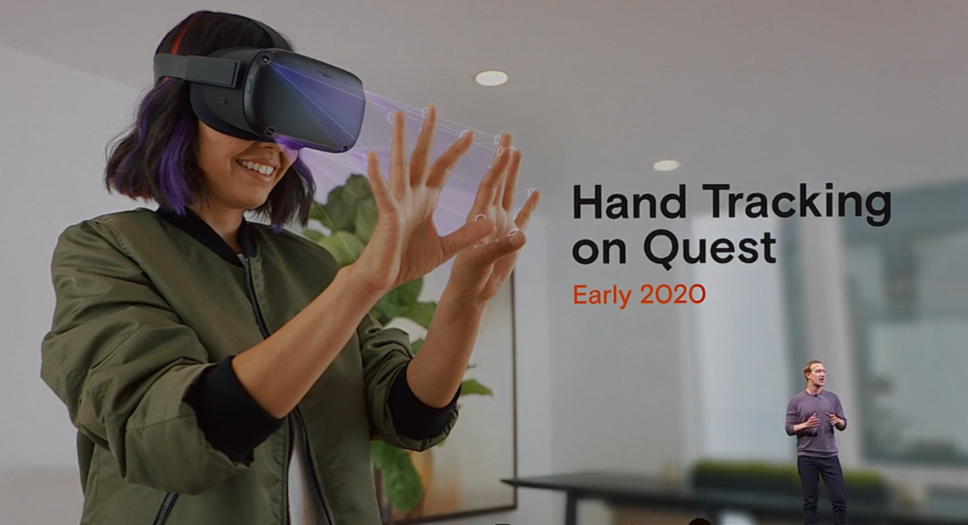At Wednesday’s Oculus Connect conference, the virtual reality company took the wraps off a secret that it had apparently hidden in its recent high-quality Oculus Quest headset all along. The $400 device has been marketed as a standalone wireless VR system, but thanks to an incoming “Oculus Link” update, coming in November, it will soon double as a wired-PC option.
Should you have a lengthy USB Type-C cable handy, you can expect to plug a Quest VR headset into a compatible “gaming”-caliber PC, then use that computer to power whatever VR games and software you want to run, as if it were the PC’s Oculus Rift system. It’s an official alternative to using the Quest’s built-in hardware, which revolves around a Snapdragon 835 system-on-chip (SoC) like the ones used in the Google Pixel 2 smartphone.
Since Quest already has an array of inside-out tracking cameras, this PC use case won’t require additional cameras or sensors. You should expect to plug a Quest into a compatible PC, run a room-calibration test, and be on your way—just like with certain Windows Mixed Reality headsets and this year’s Oculus Rift S.
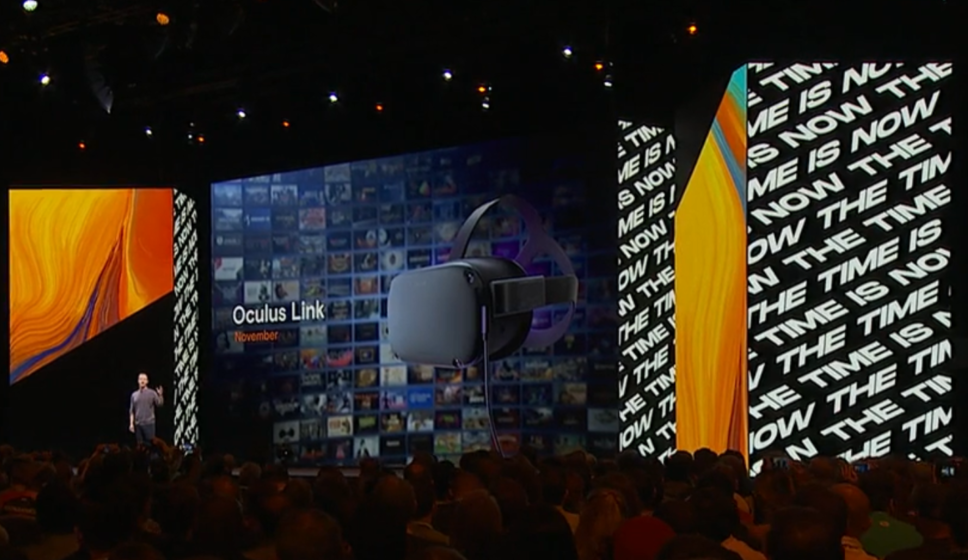
Facebook CEO Mark Zuckerberg took the Oculus Connect stage to confirm that the update will work with most any USB Type-C cable, though Oculus itself will release a longer cord suitable for the full-room movement you might expect from Quest’s wireless default use case.
If your only PC-VR experience came with the original Oculus Rift, you’ll likely appreciate the Quest’s 2880×1600 combined resolution (up from the first Rift’s 2560×1440 count). Just remember, the Quest’s OLED panel has a lower maximum refresh rate than other PC-VR options, running at 72Hz (as opposed to most headsets’ 90Hz maximum, let alone the Valve Index’s 120Hz and 144Hz modes).
To be clear, the Quest still defaults as a wireless, all-in-one VR option; despite its smartphone-caliber hardware, it handles fully 3D worlds and high-speed action quite well, and this PC bonus is in no way required. But while major Oculus VR games have made their way to Quest’s limited marketplace, some of those Quest ports are a bit rough (the otherwise stupendous Moss comes to mind); other impressive games, particularly Brass Tactics, may never appear as native Quest apps.
Thus, today’s news means you can conceivably dive into the entire Oculus marketplace of games and apps with one headset, as opposed to needing to own a Quest and a Rift. What’s more, platforms like SteamVR already support Oculus Rift. Today’s news may very well mean that Quest owners just got a path to playing Valve’s upcoming “2019” VR game.
One more thing: Hand tracking in Quest
Shortly after unveiling this November 2019 Quest update, Zuckerberg announced a new feature coming to Oculus Quest in “early 2020”: hand tracking.
A brief demo video showed both skeletal analysis as seen through Quest’s array of cameras and in-game hand and finger tracking. Zuckerberg told Oculus Connect attendees that they can expect to test this feature on the show floor later today, and we’ll report back with exactly how this built-in hand tracking system works in its preview state.
Oculus did not announce hand tracking support for other VR hardware, particularly the Oculus Rift S. We’ll use our demo time later today to find out whether we should expect the feature in any other Oculus products.
Source: ArsTechnica

